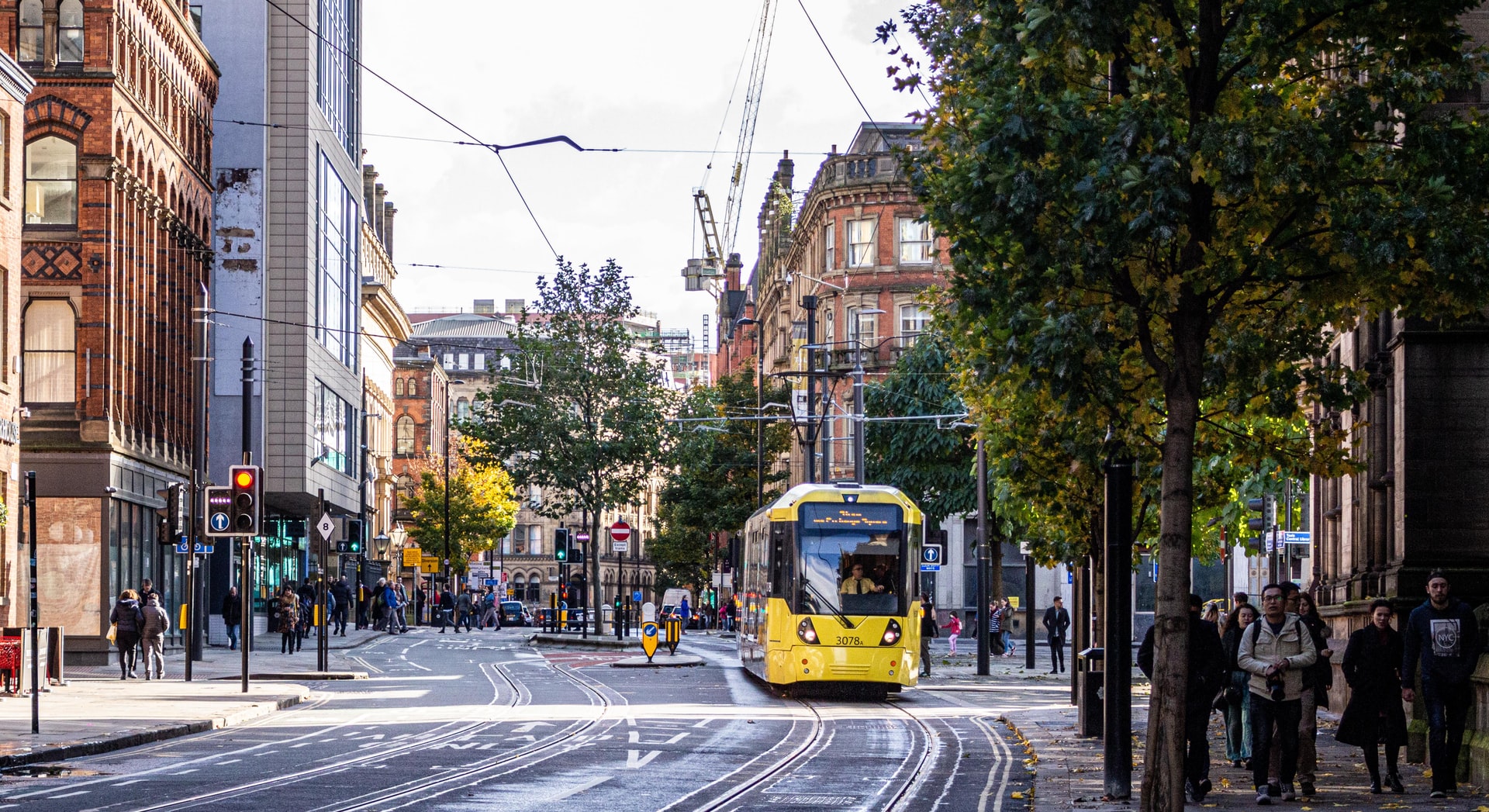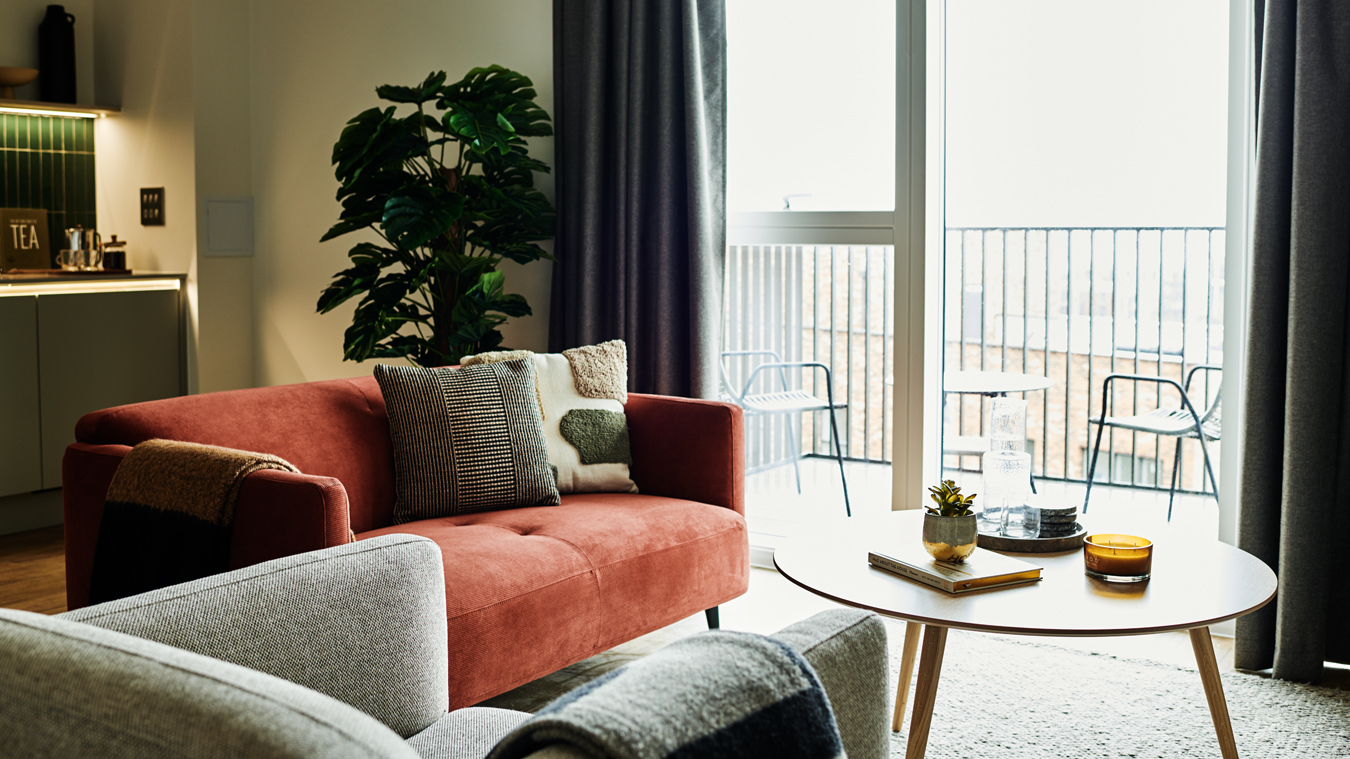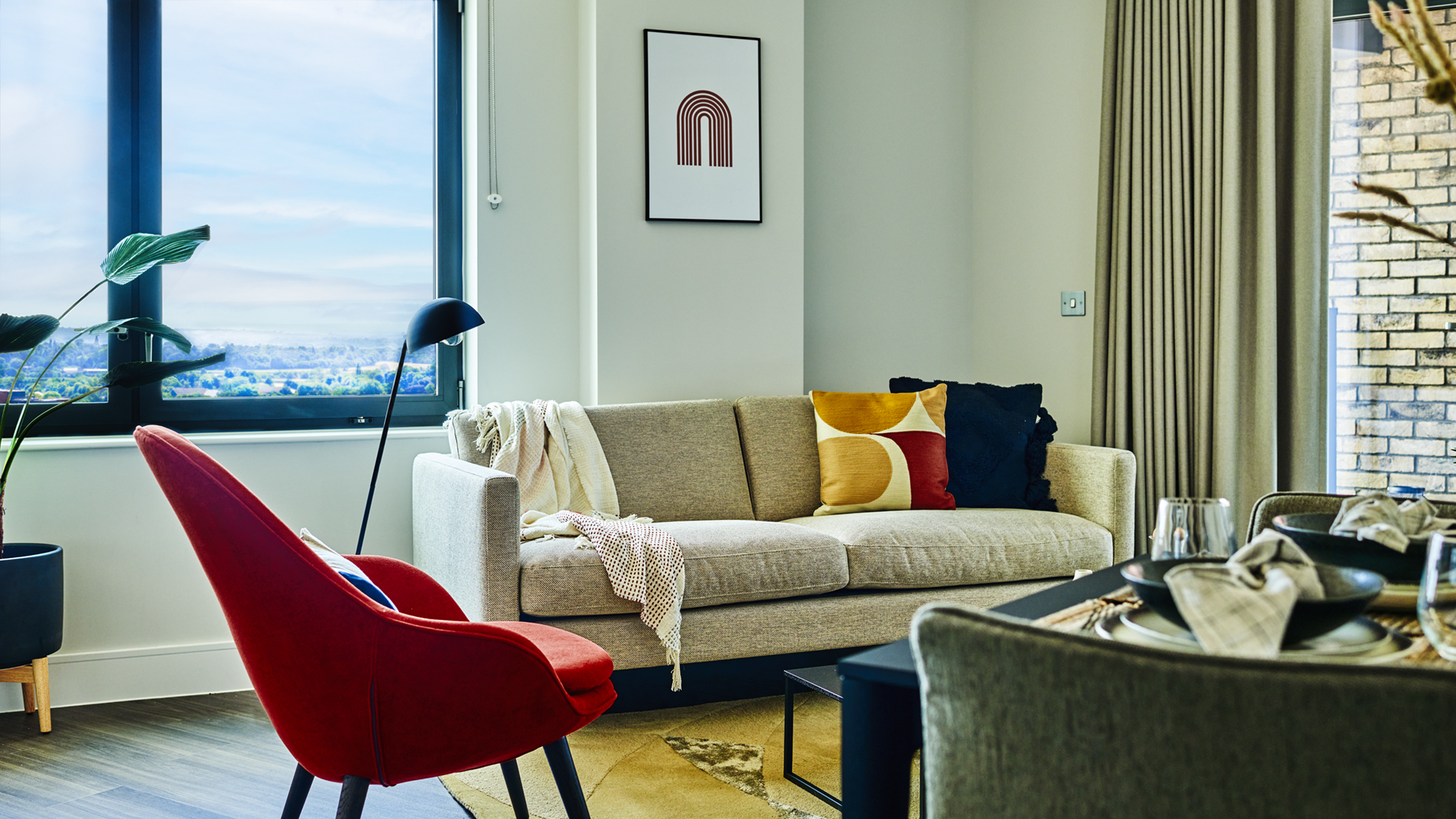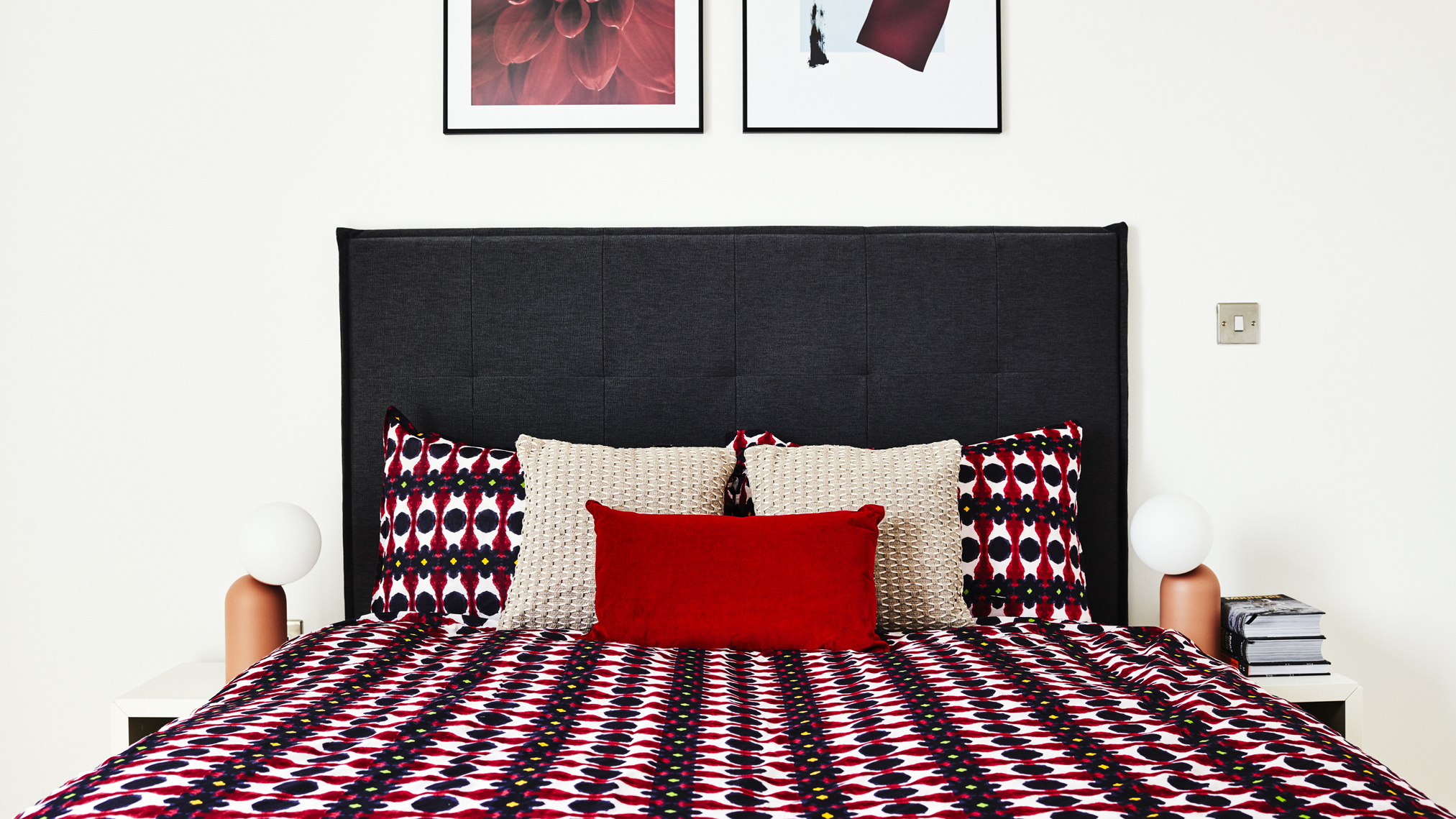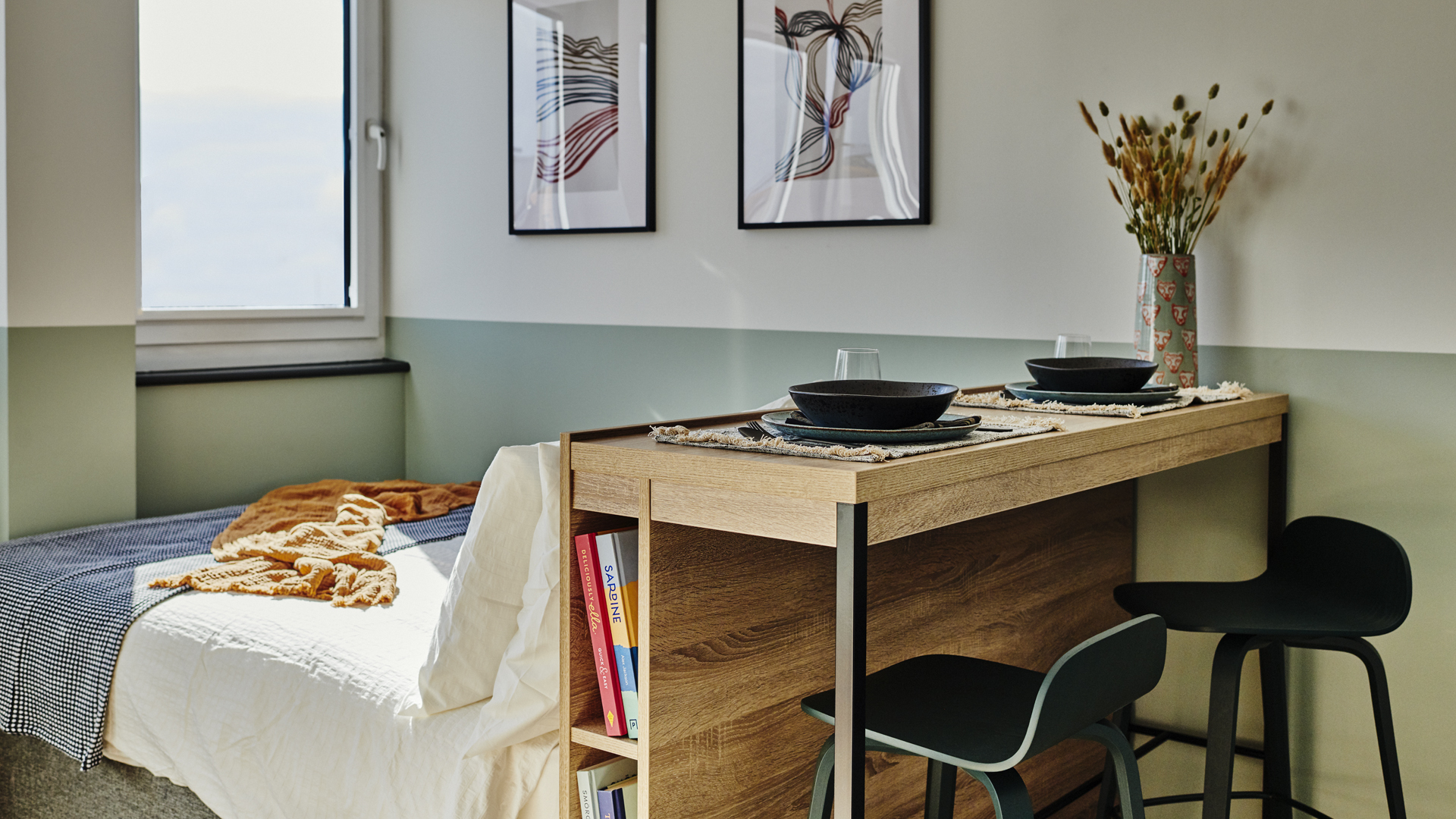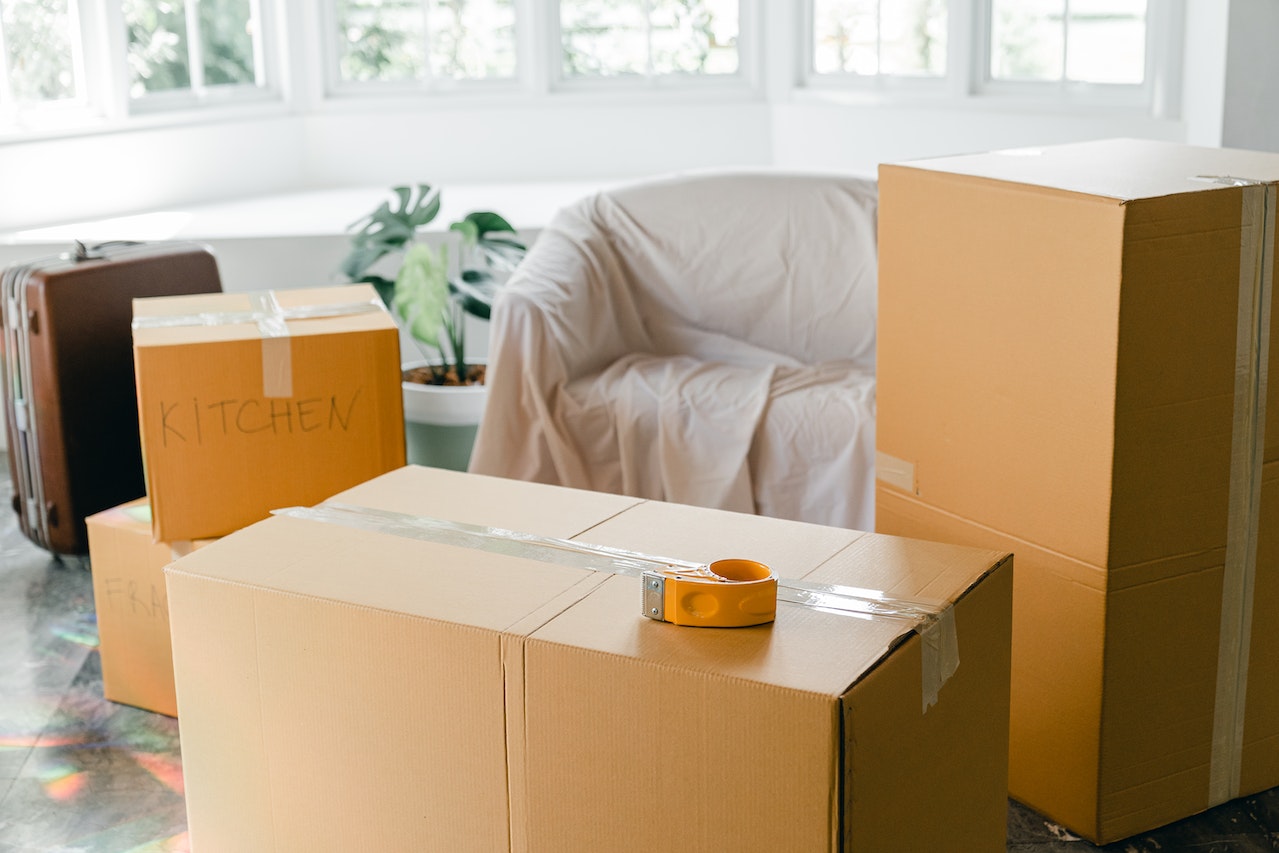
Tips for Packing When You’re Moving Home
However, more than anything else, moving home can be very, very stressful. So stressful in fact, that it’s considered one of life’s most stress-inducing events.
When surveyed, 37% of people found packing and unpacking to be the part of moving they dreaded the most. It’s not surprising - to pack up everything you own is to remind yourself of every poor impulse purchase you’ve ever made. Why did you buy that? And why is it so heavy?
"You might be able to find boxes for free, especially if anyone you know has recently moved house."
We’ve compiled a list of our best tips for packing to move, to take a bit of the mental strain out of boxing up your life (the physical strain will still be down to you, unfortunately).
What are the most important things to do when packing for a move?
First things first, gather the materials that you’ll need to hand during the course of the move - documents, keys, personal identification, and phone chargers. Anything you know will be important in the trials to come. You don’t want to risk these things getting lost in the mountain of boxes you’re about to create.
Next, source your packing materials - you might be able to find boxes for free, especially if anyone you know has recently moved house. If not, you may have to buy and construct packing boxes yourself. Other materials you might need include:
- Packing tape
- Scissors
- Labels
- Marker pens
- Bubble wrap
- Packing paper
- Newspaper
Once you’ve assembled your materials, you can start packing. Our advice is to take things one room at a time and keep each room’s items together - this will make things much easier when it comes to unpacking again in your new home.
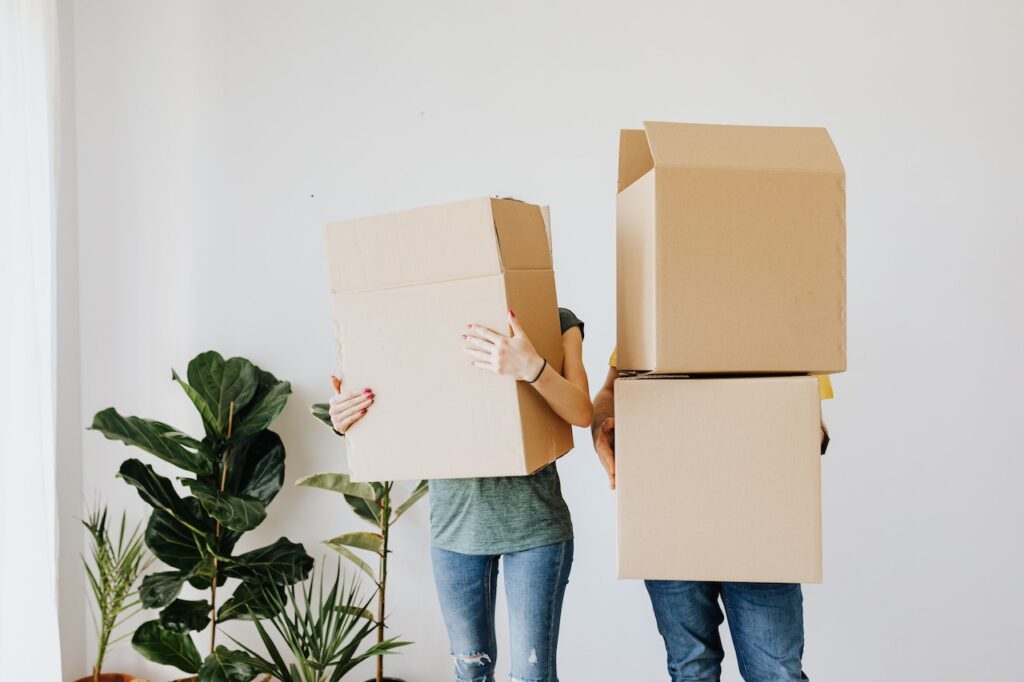
If you don’t need it, donate it
When faced with the prospect of packing up to move, you may find yourself suddenly feeling a lot less sentimental about your belongings. That’s a good thing! Whether you decide to make some money by listing things on second-hand sites or earn some good karma by donating to your local charity shop, you’re left with fewer things to pack and a lighter load both physically and mentally.
Pack as far in advance as possible
We’re not suggesting you clear your wardrobe out early and leave yourself with one outfit to wear continuously for two weeks until your move-in date. Similarly, don’t let your toothbrush be one of the first things you chuck in a box, not to be seen again for the foreseeable future. What we’re saying is to plan ahead - some clever meal prep might mean you can box the kitchen up earlier than expected.
Things you don’t use often can be the first to be wrapped up - books, decorative items, and season-specific clothes, for example. Depending on your moving dates some things may even need to go into storage, or be stored with friends and family.
Make sure you use the right boxes
To the people who always keep the box that something comes in - we salute you. The right size box can make a huge difference in distributing something’s weight. Remember, even if you’re lucky enough to be able to hire movers, someone’s going to have to carry these boxes, and the easier they are to carry the faster the job will get done.
Flimsier cardboard boxes are fine for lightweight items that can stand being dropped, such as textiles like towels and linens. However, sturdier plastic boxes with handles and locking mechanisms might be better for heavier, fragile items. This leads us to…
Pack like you’re playing Tetris
Aim for there to be as little space as possible between items when packing. Not only does this mean you’ll use less boxes, but it will also prevent things from sliding around and being damaged in transit. When done well it can also be incredibly satisfying.
Balled-up socks and other items of clothing are excellent for padding things out so that they don’t lose their shape or break, and also save you money on packing paper.
Put weighty items in first
A bottom-heavy box is easier to lift than one that’s top-heavy. Plus, putting heavy items on top of lighter, more delicate ones is a recipe for disaster.
When moving anything heavy with others, communication is key, especially if it’s an awkward shape. Agree on where you’re going to lift from, how far you’re going to travel, and where to stop if you need to take a break. Ensure everyone’s feet are clear of any sharp corners or hard edges before you set it down. With heavy boxes, try not to carry it too far in one go - especially if it obscures your vision. And when picking up a heavy object, always lift from the knees!
Make sure each box is labelled
In big letters, in clear handwriting. The last thing you want is a self-inflicted mystery box situation - especially if you’re searching for something that needs to be found quickly. Loo roll, for example.
We suggest labelling each box for which room the items belong in, as well as listing what’s inside the box. That way you’ll be able to tell at a glance whether or not the thing you’re looking for is inside.
Reinforce your boxes
While the comedic effect of watching the bottom of a box fall through is great when it’s happening to someone else, you’ll probably want to avoid this happening at all cost. There are various ways you can make a box stronger, and it’s always better to be safe than sorry. Here are our suggestions:
- Add an extra layer of cardboard to the bottom of your box, to reduce strain on taped-up seams.
- Use glue as well as tape to reinforce connections and joints.
- Insert laths (strips of wood) with a staple gun - we recommend an ‘x’ shape in the bottom of the box.
Items to take special care when packing
Ensure these things make it to your new place in one piece with our tips for packing delicate items.
Crockery and glassware
- Opt for medium-sized boxes. A large, heavy box full of breakables is a recipe for disaster.
- Wrap everything individually in packing paper or bubble wrap.
- Pack plates stacked sideways - this reduces the chance of them smashing if dropped.
- Fill extra space in the box with packing materials, to prevent any chance of things clinking together.
- Label it ‘FRAGILE’. Underline it a few times just to drive the point home.
TVs
- Double-check that everything is unplugged from the TV before trying to move it.
- Give the TV a good clean, and dismantle any legs/stands that need taking apart.
- Decide what protective materials you need. Protecting the screen with bubble wrap is a good idea, even if the TV is going into a well-fitting box. Corner protectors can also be useful.
- Remember that flat screens need to be stored and transported in an upright position - have you thought about how you plan on securing your TV during the move?
Other electronics
- As you unplug and bundle any cables, feel free to label what they’re for and what device they belong to.
- Take an inventory of chargers, manuals, and remote controls. If you’ve lost manuals, replacements can sometimes be downloaded online - but make sure you’re downloading from a reliable source.
- Remove any batteries to prevent overheating and leakage.
- Back up any data in case the device it’s saved on is lost or damaged in transit.
Why should you rent with UNCLE?
In all of the stress of moving, it’s easy to forget the excitement that comes with setting yourself up in a new place. And if you’re renting, your anxieties might be far greater. Hard-to-reach landlords and hidden fees have become so common when renting, they’re sometimes considered the norm. We don’t think that’s right. If you agree with us, chances are you’d enjoy renting with UNCLE.
We’ve got high standards, and we think our renters should have them too. There’s no reason for routine repairs to take forever and a day to get fixed. Communal spaces are important, and we think they should be inviting and comfortable. We believe that people should feel safe entering their building, and confident in their contracts. Resident-only gyms and rooftop terraces aren’t a bad idea, either.
If these sound like the kind of amenities that could get you packing boxes, why not get in touch and see why you should choose UNCLE. We've got London buildings in areas such as Elephant & Castle, Wembley and Colindale, plus Manchester as well.
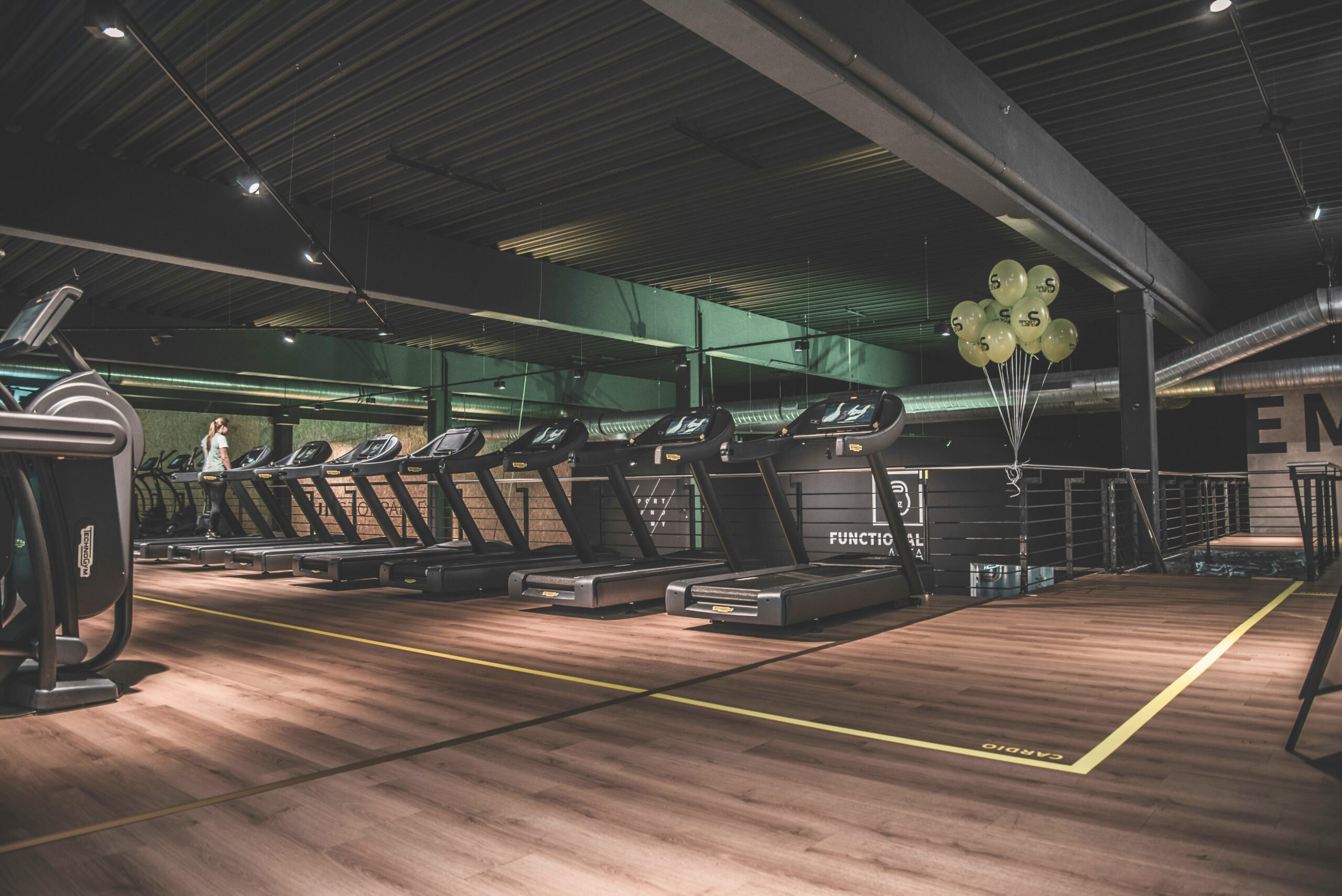
The best gyms in Colindale

Is Living In London Worth It?
